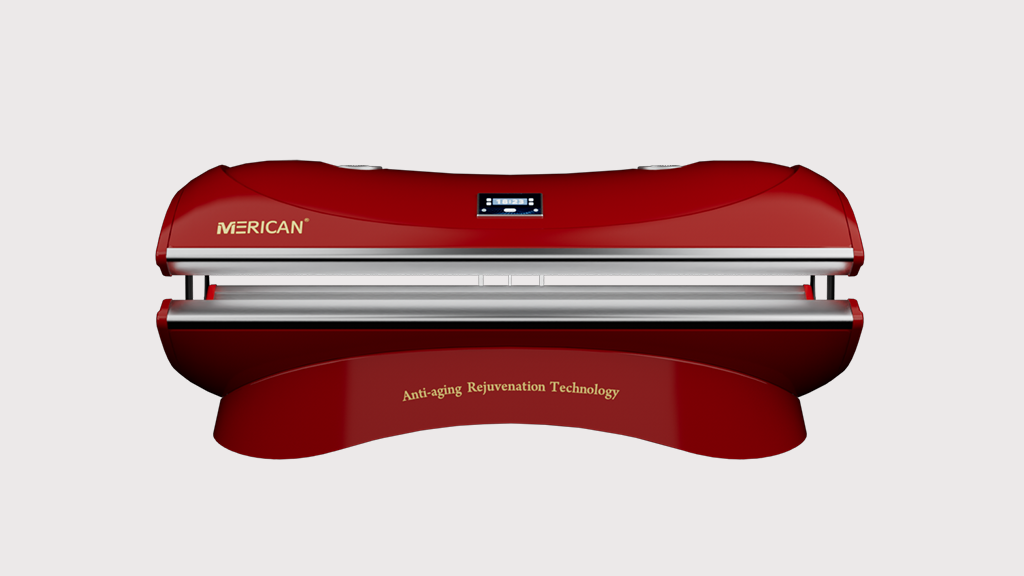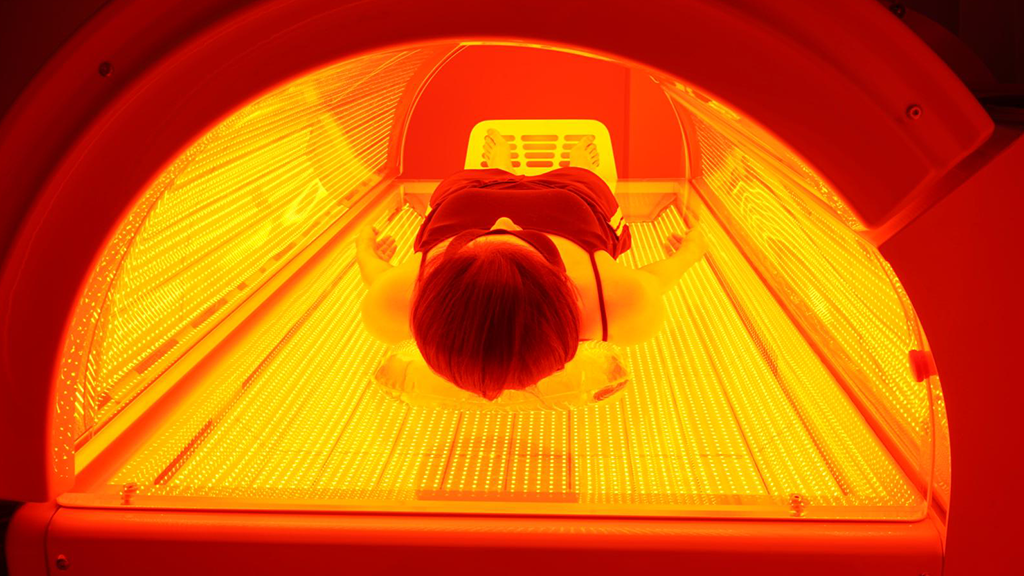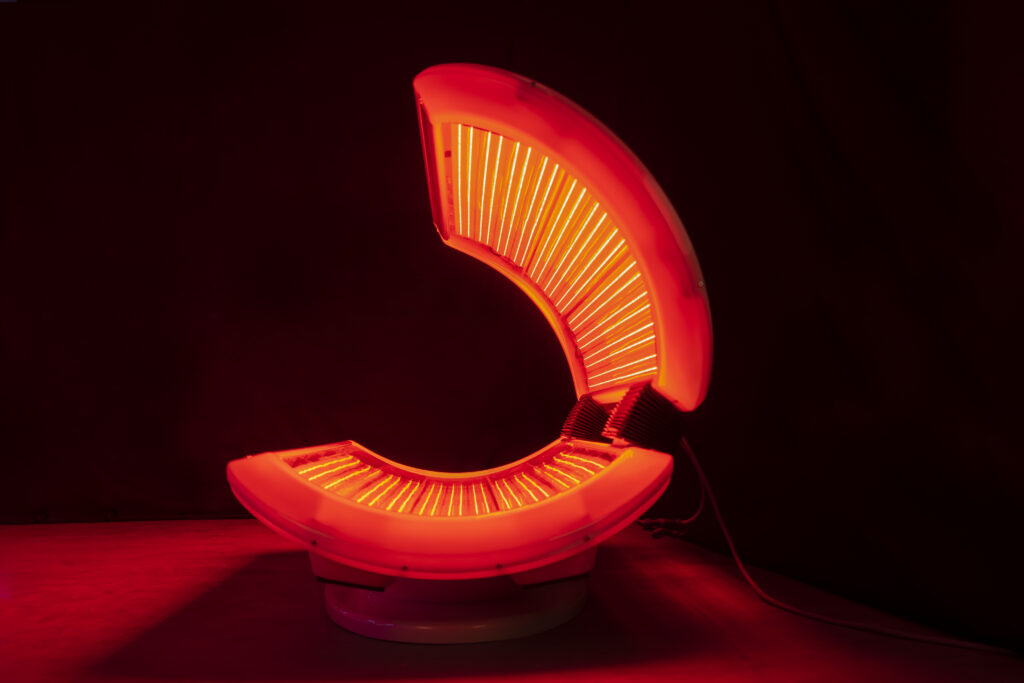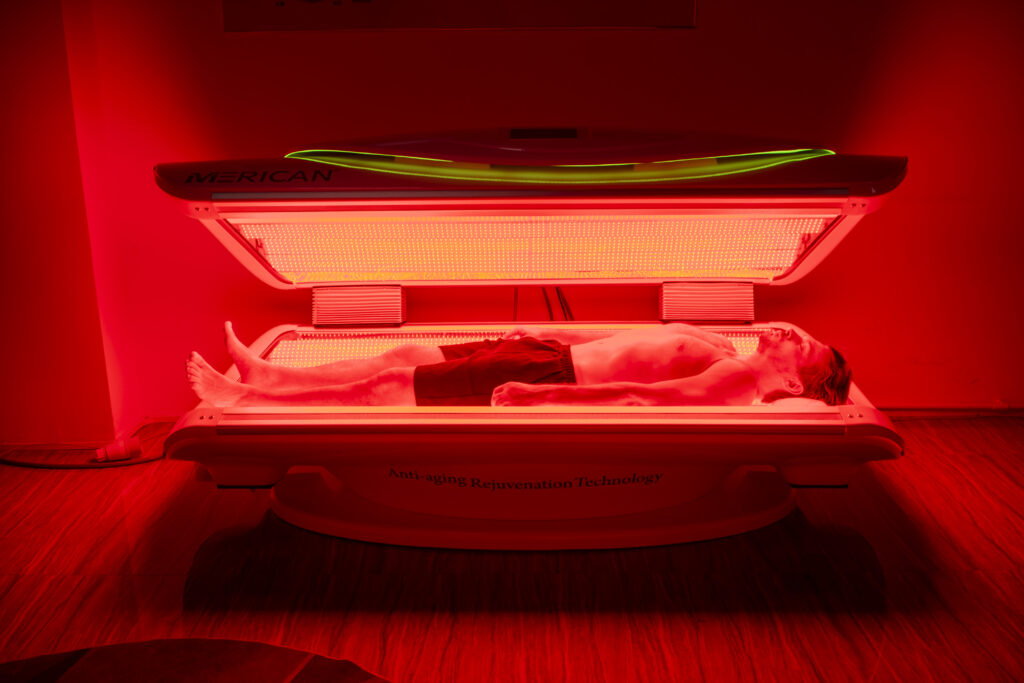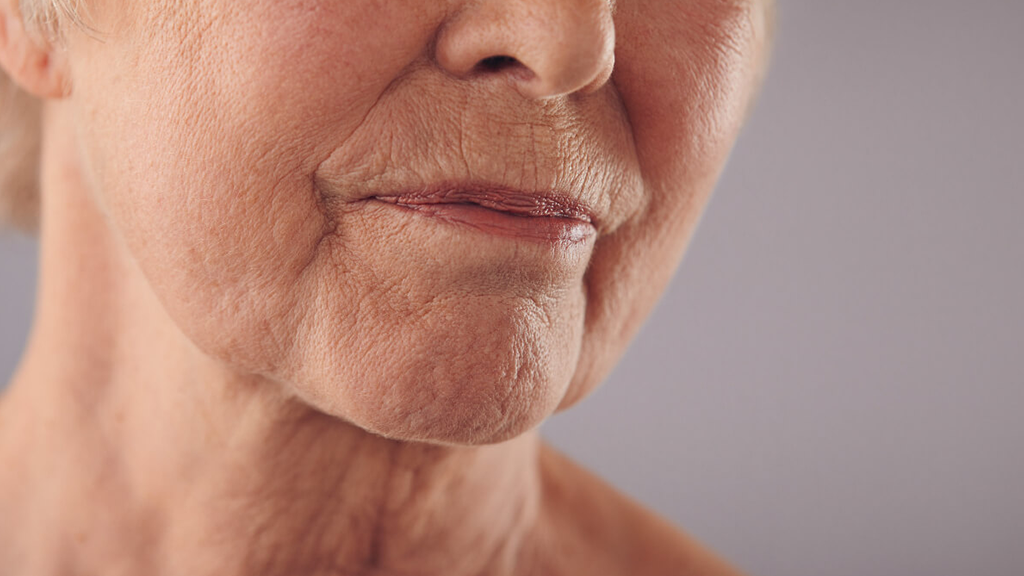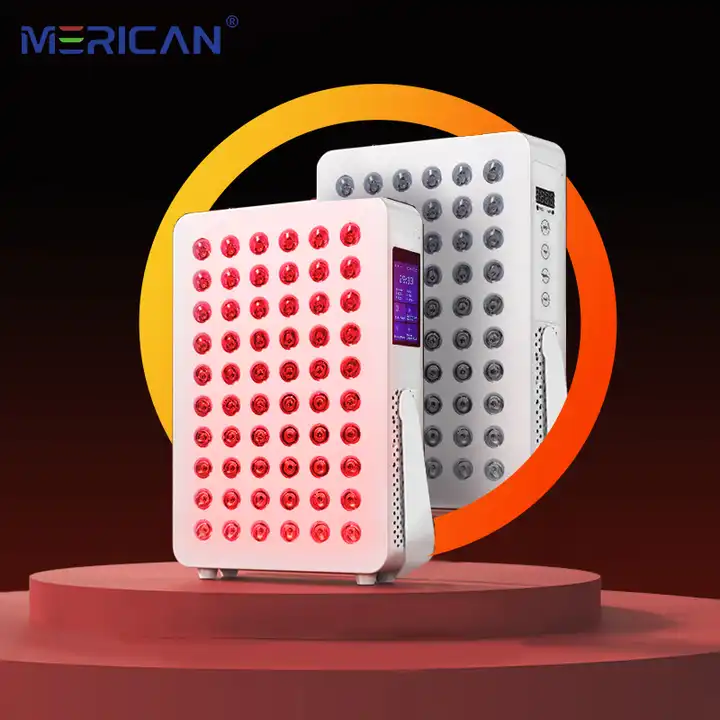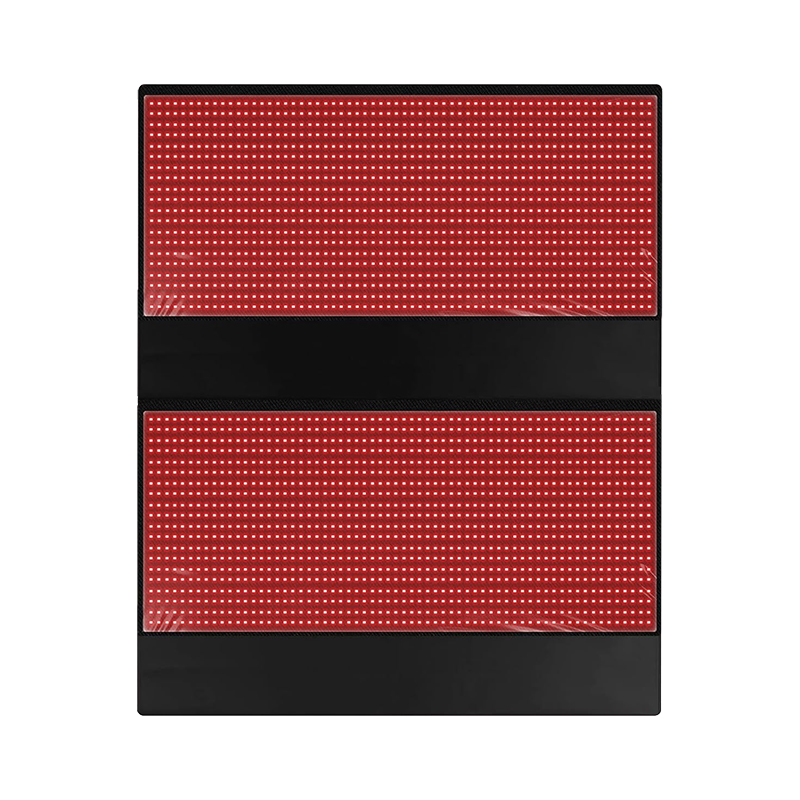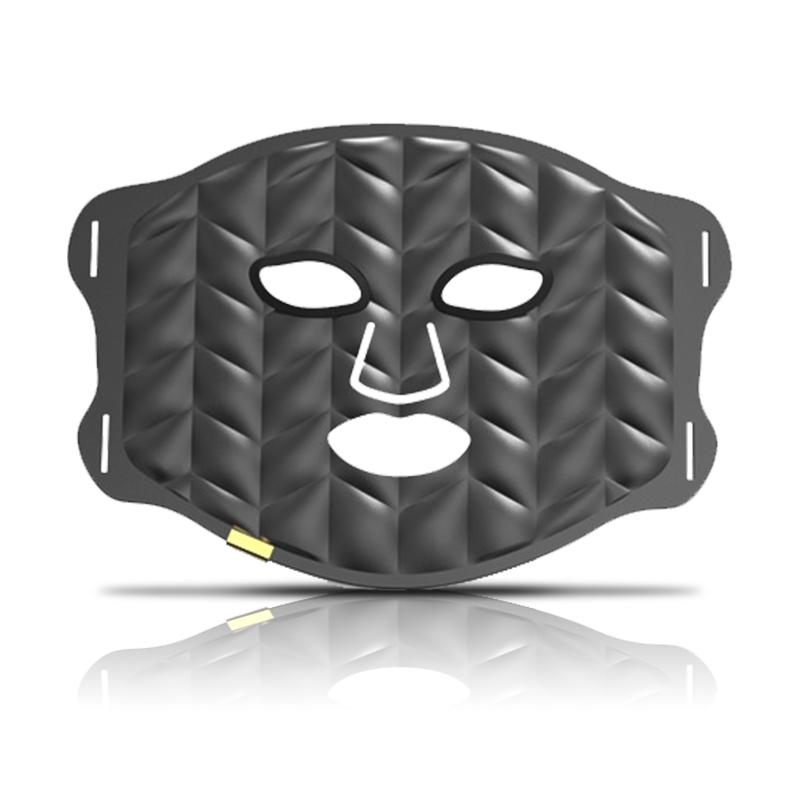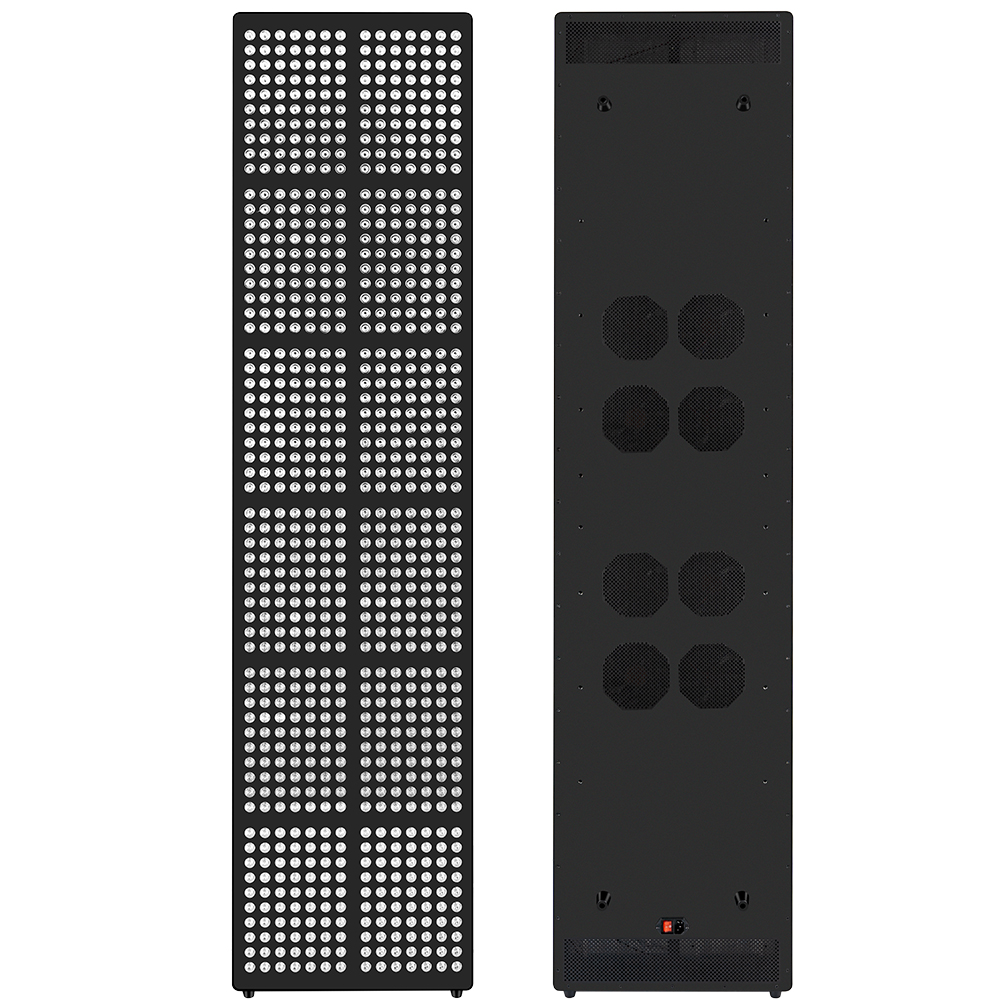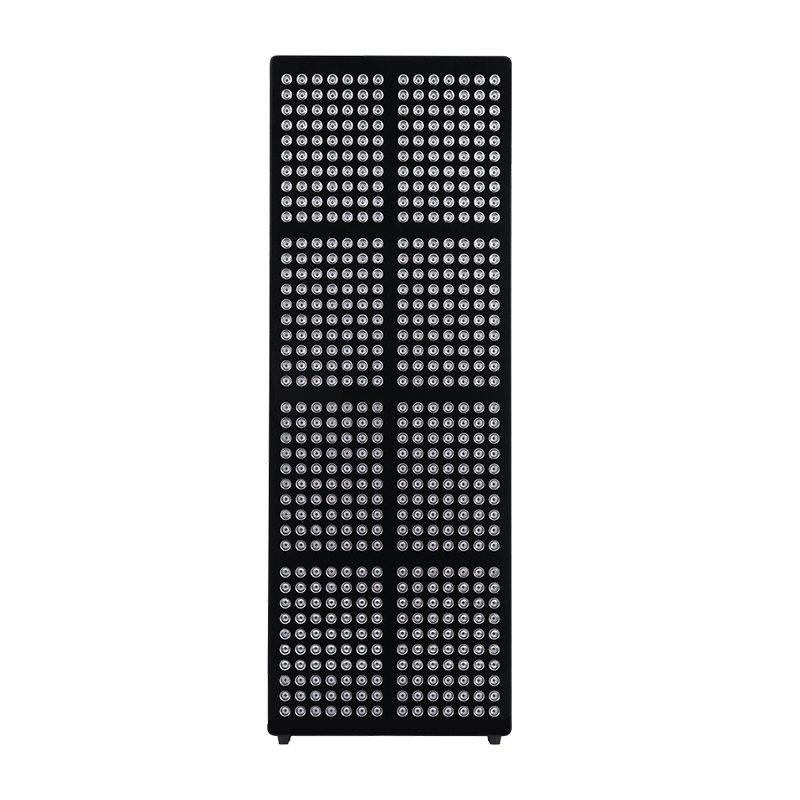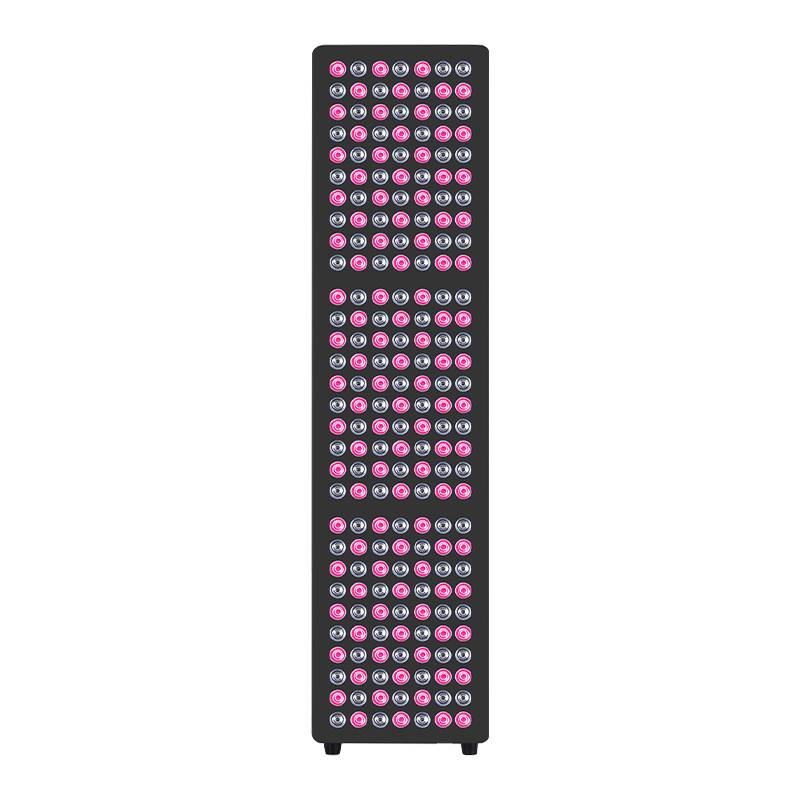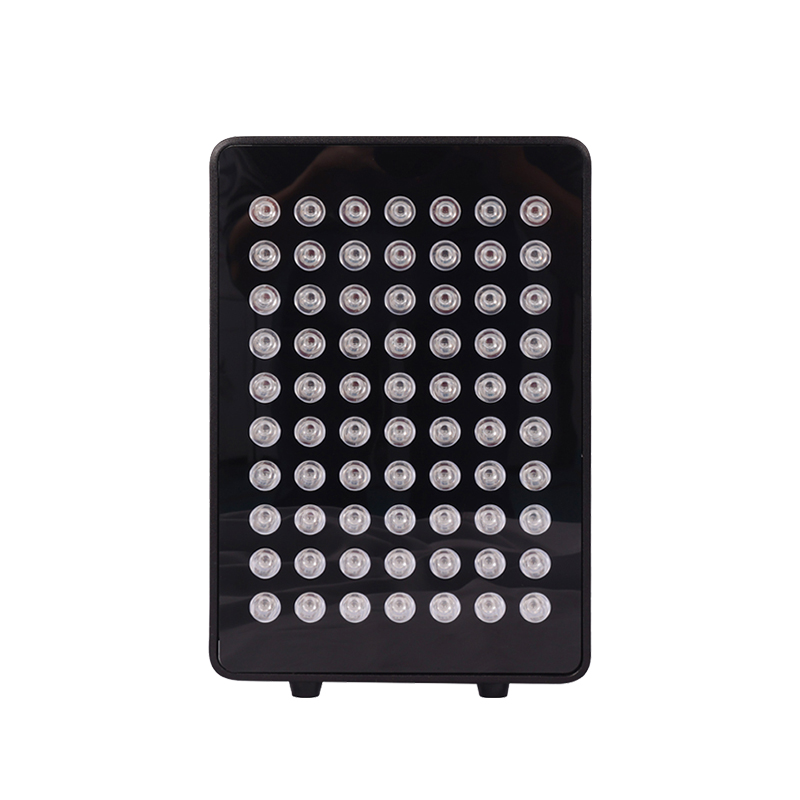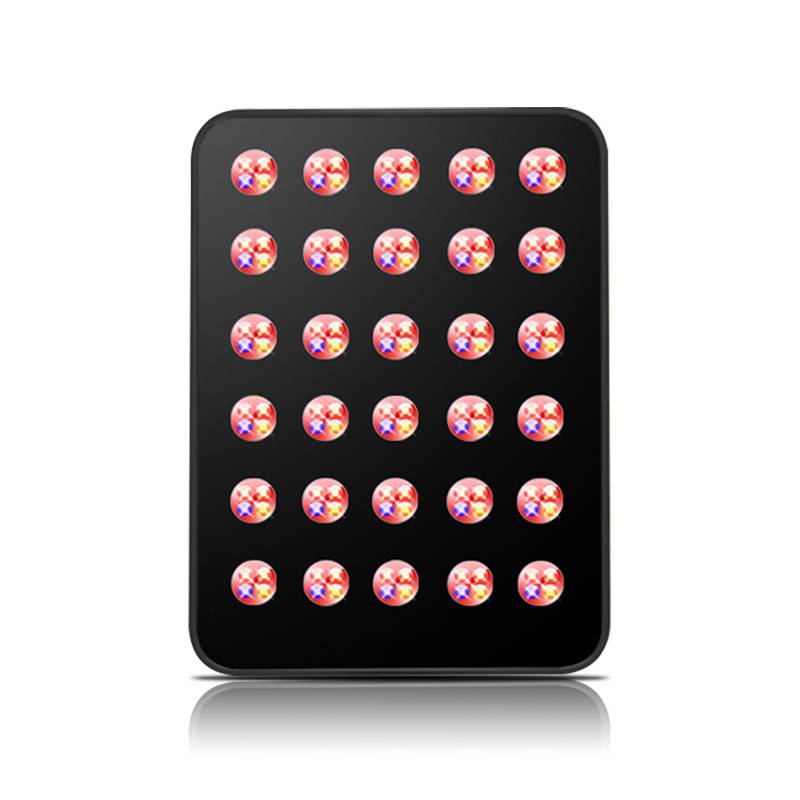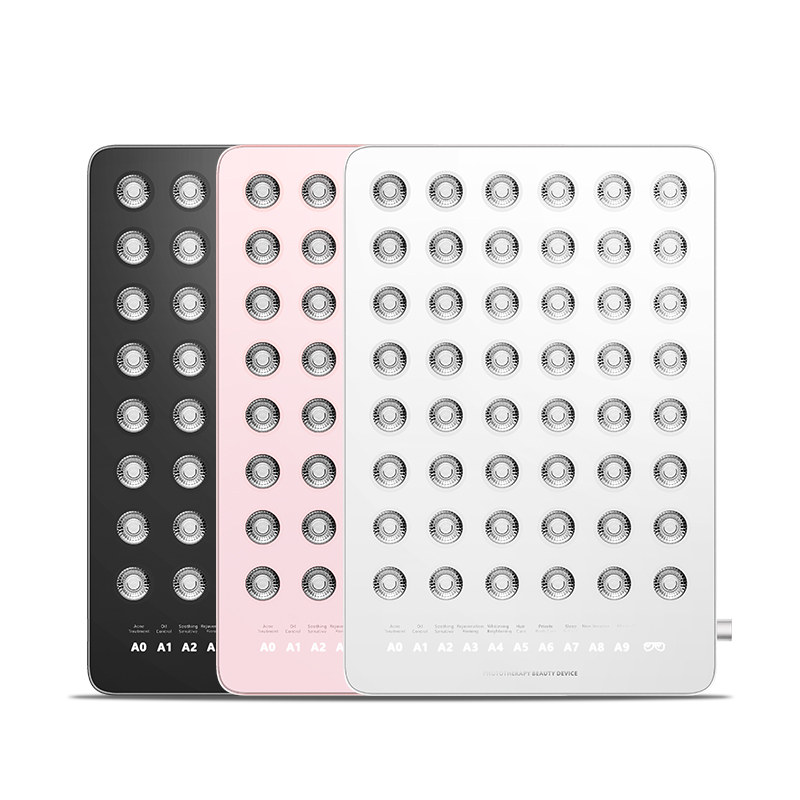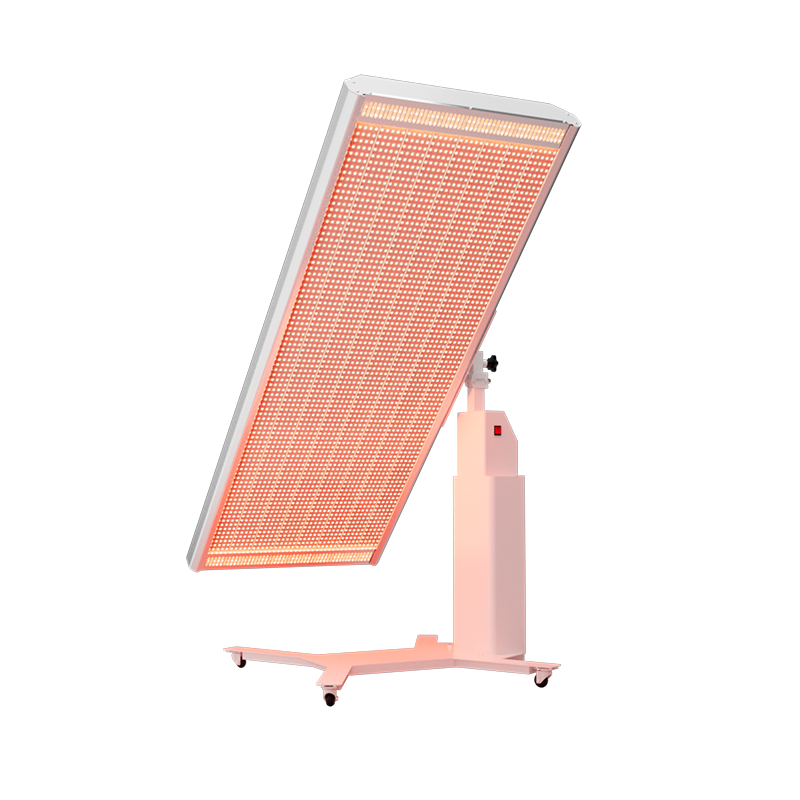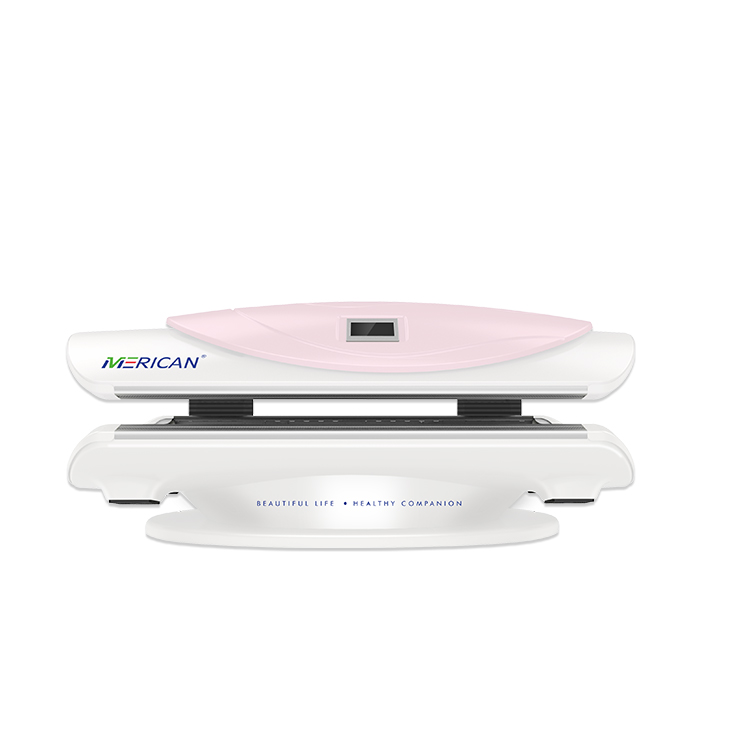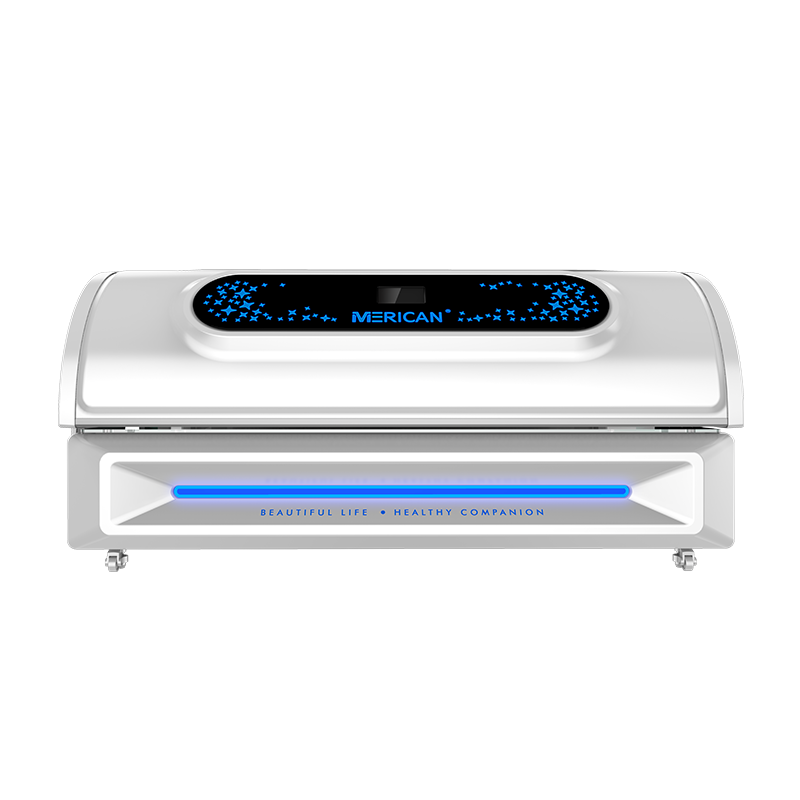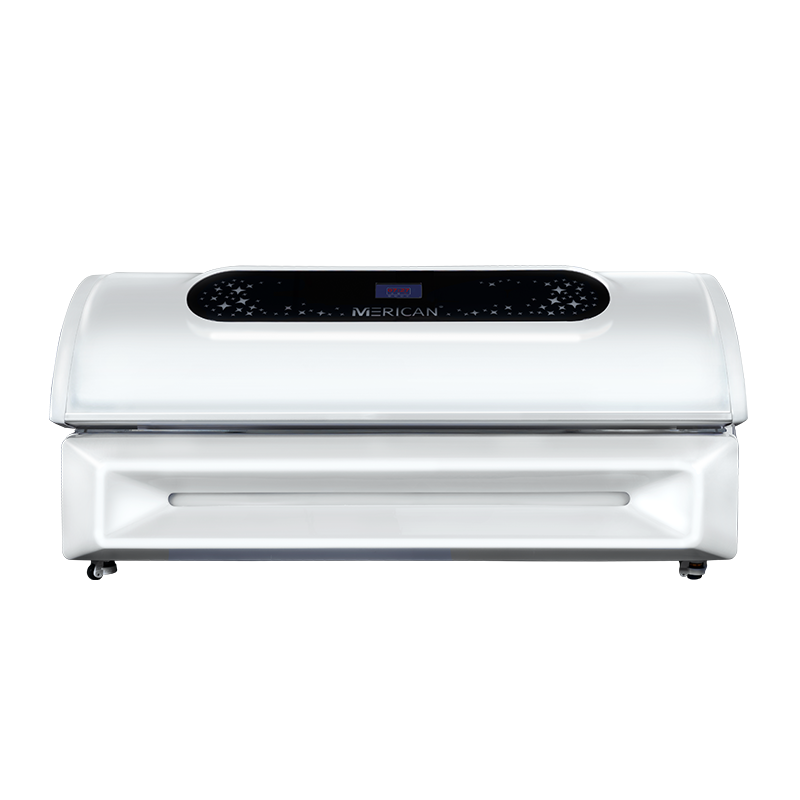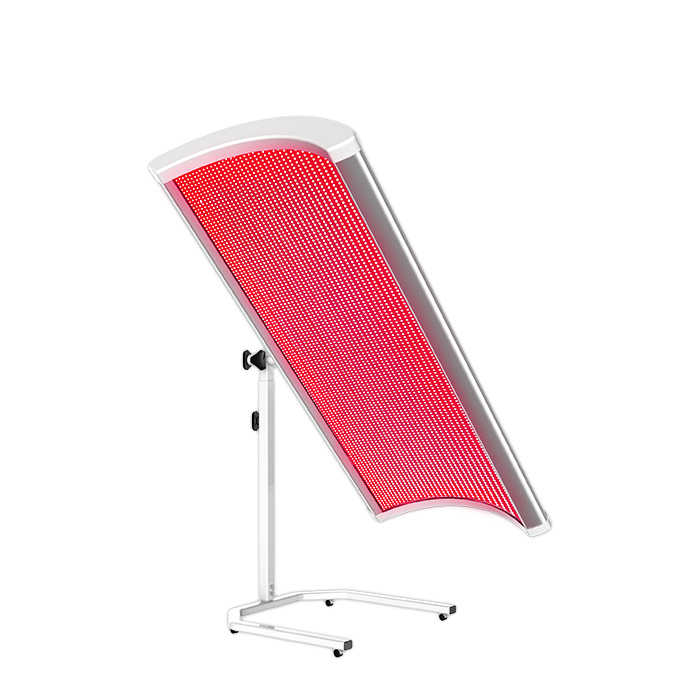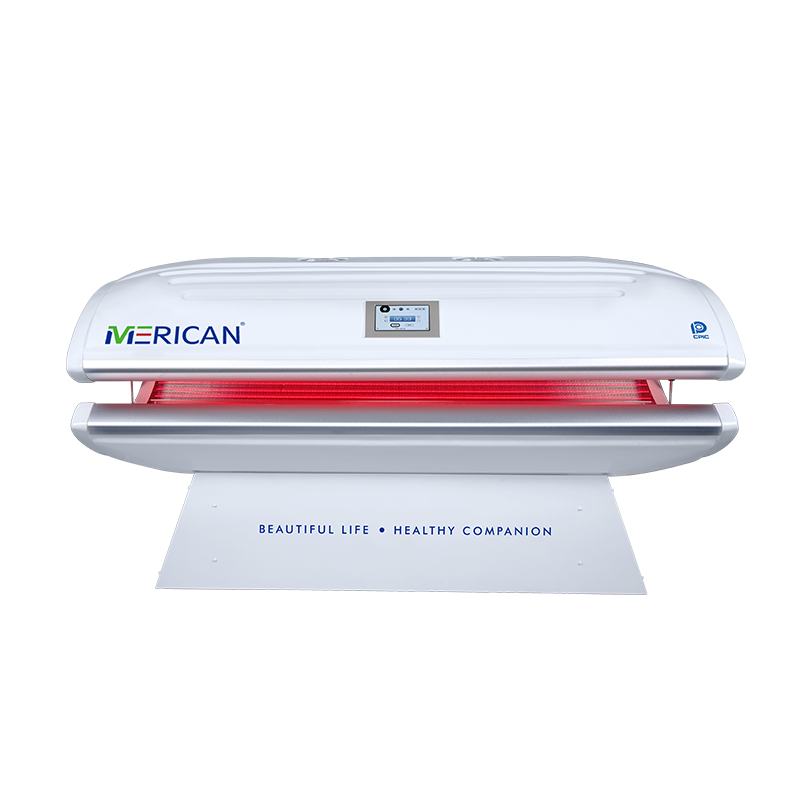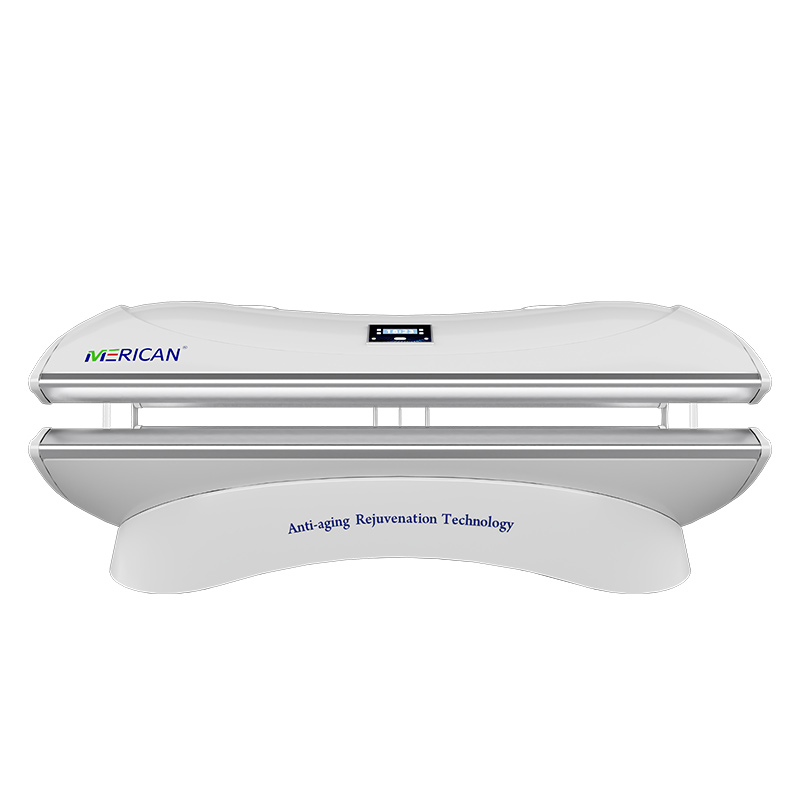Red light therapy (RLT) panels have become a popular tool for improving skin health, reducing pain, and enhancing physical recovery. But with so many wellness trends out there, it’s natural to ask: Do red light therapy panels actually work? Let’s explore what the science says and how these devices can impact your health.
What Is Red Light Therapy?
Red light therapy uses specific wavelengths of red and near-infrared light (typically between 600 to 850 nanometers) to penetrate the skin and affect cells at a biological level. The light stimulates the mitochondria, the energy center of the cell, helping cells function more efficiently and repair themselves faster.
What Are the Claimed Benefits?
Red light therapy panels are commonly marketed for benefits such as:
- Improved skin tone and texture
- Reduced wrinkles and fine lines
- Faster muscle recovery and reduced soreness
- Joint pain relief
- Reduced inflammation
- Improved circulation and energy levels
Is There Scientific Evidence?
Yes—many studies support the effectiveness of red light therapy, especially in these areas:
- Skin health: Clinical research shows that red light therapy can stimulate collagen production, reduce wrinkles, and improve acne.
- Wound healing: RLT has been found to speed up tissue repair and reduce inflammation.
- Muscle recovery: Athletes use red light panels to improve performance and recover more quickly after intense workouts.
- Pain relief: Studies suggest red light therapy can help reduce joint and muscle pain, including symptoms of arthritis.
However, results can vary depending on factors like light wavelength, intensity, duration, and consistency of use.
What the Experts Say
While red light therapy isn’t a miracle cure, health professionals and researchers generally agree that it can be an effective, non-invasive treatment option when used properly. It’s especially valuable as a complementary therapy, alongside a healthy lifestyle or other treatments.
Limitations to Keep in Mind
- Not a one-time solution: RLT requires consistent use over weeks to see visible improvements.
- Quality matters: Results depend heavily on the quality of the panel and proper usage.
- Individual response varies: Some people see fast results, while others may need more time.
Conclusion: Does It Really Work?
Yes, red light therapy panels do work—but like most wellness tools, they’re most effective when used correctly and consistently. Backed by scientific studies and real-world testimonials, RLT has earned its place as a valuable option for skin care, pain relief, and recovery.
If you’re considering trying red light therapy, look for a high-quality panel, follow usage guidelines, and be patient as your body responds.

